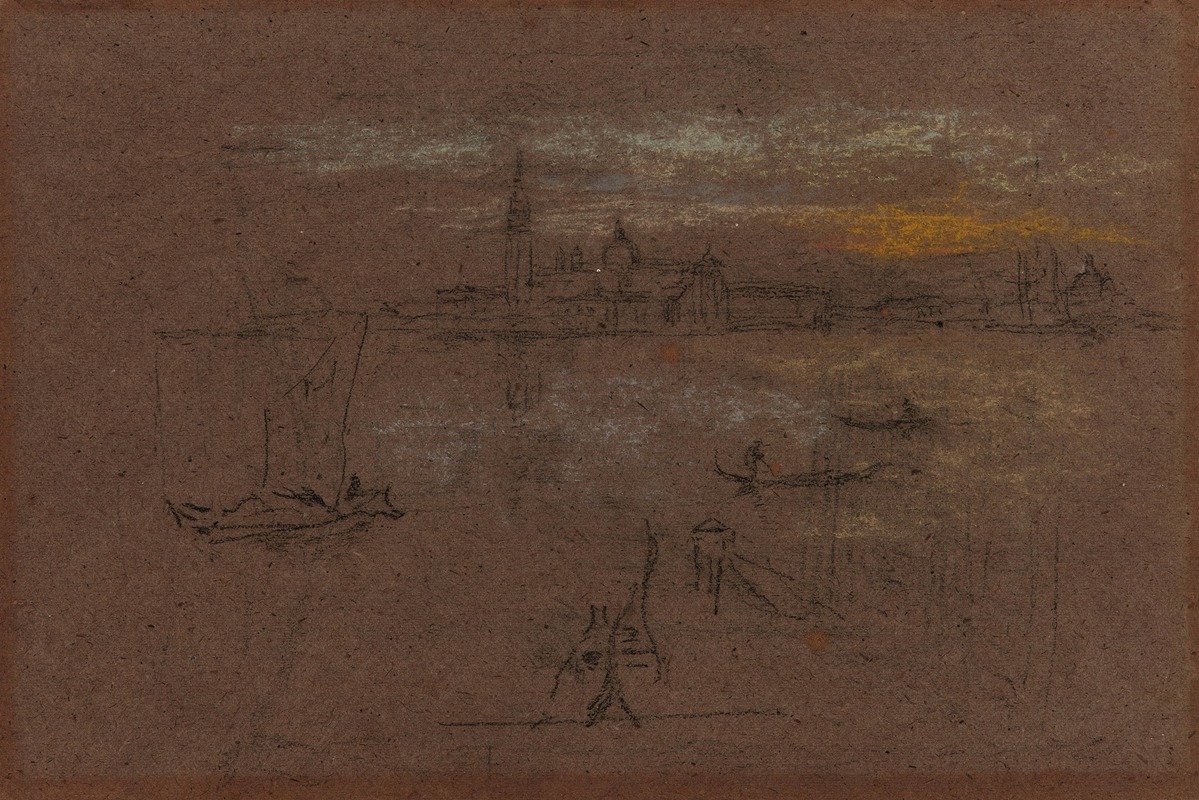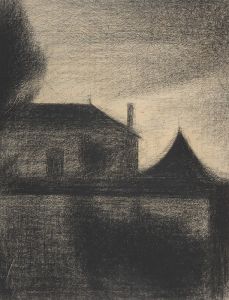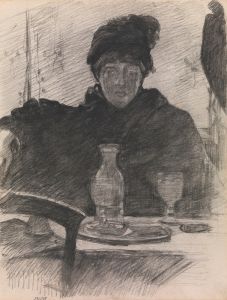
Venice
A hand-painted replica of James Abbott McNeill Whistler’s masterpiece Venice, meticulously crafted by professional artists to capture the true essence of the original. Each piece is created with museum-quality canvas and rare mineral pigments, carefully painted by experienced artists with delicate brushstrokes and rich, layered colors to perfectly recreate the texture of the original artwork. Unlike machine-printed reproductions, this hand-painted version brings the painting to life, infused with the artist’s emotions and skill in every stroke. Whether for personal collection or home decoration, it instantly elevates the artistic atmosphere of any space.
James Abbott McNeill Whistler, an American artist active during the late 19th century, is renowned for his innovative contributions to both painting and printmaking. One of his notable works is a series of etchings and pastels created during his stay in Venice from 1879 to 1880. This period marked a significant phase in Whistler's career, as he produced some of his most celebrated works that captured the essence of the Venetian landscape and its atmospheric qualities.
Whistler arrived in Venice in September 1879, initially intending to stay for a few months. However, he ended up spending over a year in the city, deeply immersing himself in its unique environment. This sojourn was partly motivated by financial difficulties and a desire to escape the controversies surrounding his libel case against the art critic John Ruskin. The case had resulted in a costly legal battle, and Whistler sought both solace and inspiration in Venice.
During his time in Venice, Whistler created a series of etchings that are collectively known as the "Venice Set" or "First Venice Set." These works are characterized by their delicate lines, intricate details, and masterful use of light and shadow. Whistler's etchings often depicted the city's canals, bridges, and architectural landmarks, capturing the serene and timeless beauty of Venice. His approach to etching was innovative, as he employed a technique known as "drypoint," which allowed for greater precision and subtlety in his lines.
In addition to etchings, Whistler also produced a series of pastels during his Venetian period. These works showcased his ability to convey the city's atmospheric effects through the use of soft, muted colors and delicate brushwork. Whistler's pastels often depicted scenes of Venice at twilight or under moonlight, emphasizing the city's ethereal and dreamlike qualities.
Whistler's Venetian works were well-received by both critics and collectors, and they played a significant role in reestablishing his reputation as a leading artist of his time. The "Venice Set" was exhibited in London in 1880 and garnered widespread acclaim for its technical mastery and evocative portrayal of the city. These works also influenced other artists of the period, contributing to the broader appreciation of etching as a fine art form.
Whistler's time in Venice not only revitalized his career but also had a lasting impact on his artistic style. The experience deepened his appreciation for the interplay of light and shadow, which became a defining feature of his later works. His Venetian etchings and pastels remain highly regarded for their beauty, technical skill, and ability to capture the essence of one of the world's most enchanting cities.
In summary, James Abbott McNeill Whistler's "Venice" series, created during his stay from 1879 to 1880, represents a pivotal moment in his artistic career. Through his innovative etchings and pastels, Whistler captured the timeless beauty and atmospheric qualities of Venice, earning critical acclaim and influencing the art world of his time. These works continue to be celebrated for their technical excellence and evocative portrayal of the Venetian landscape.


















